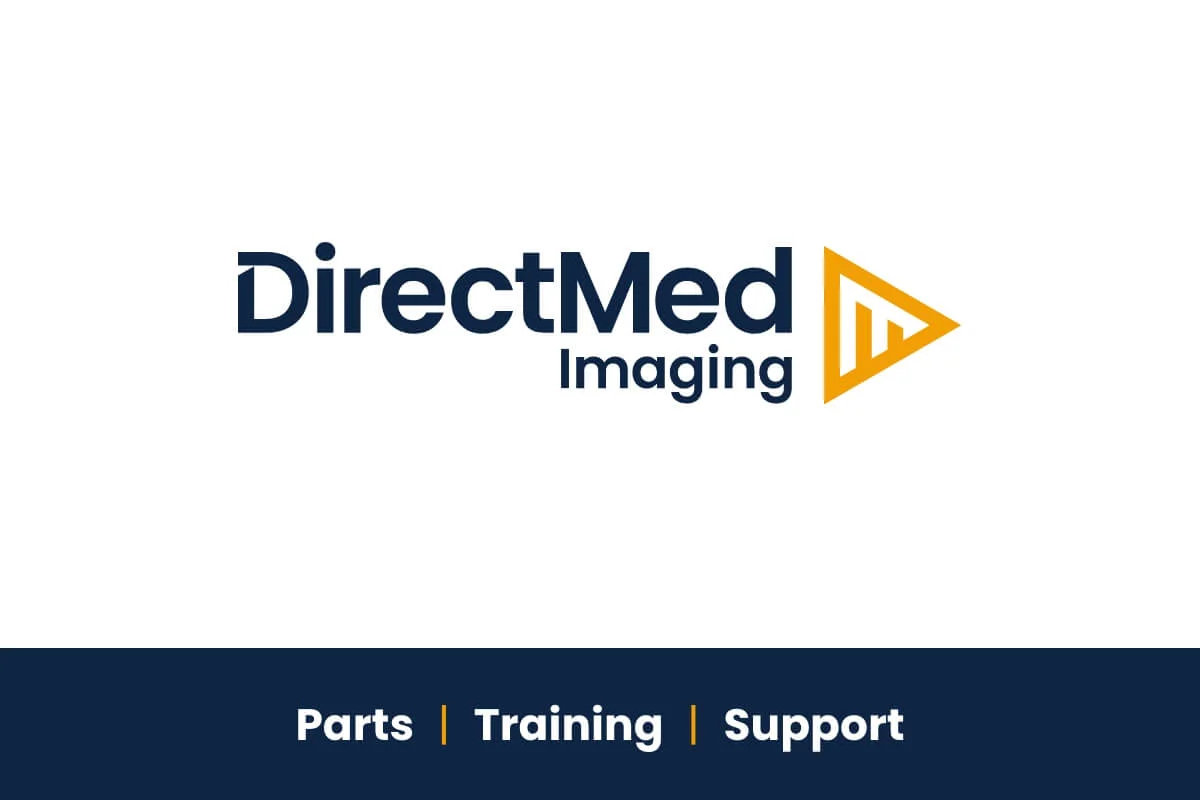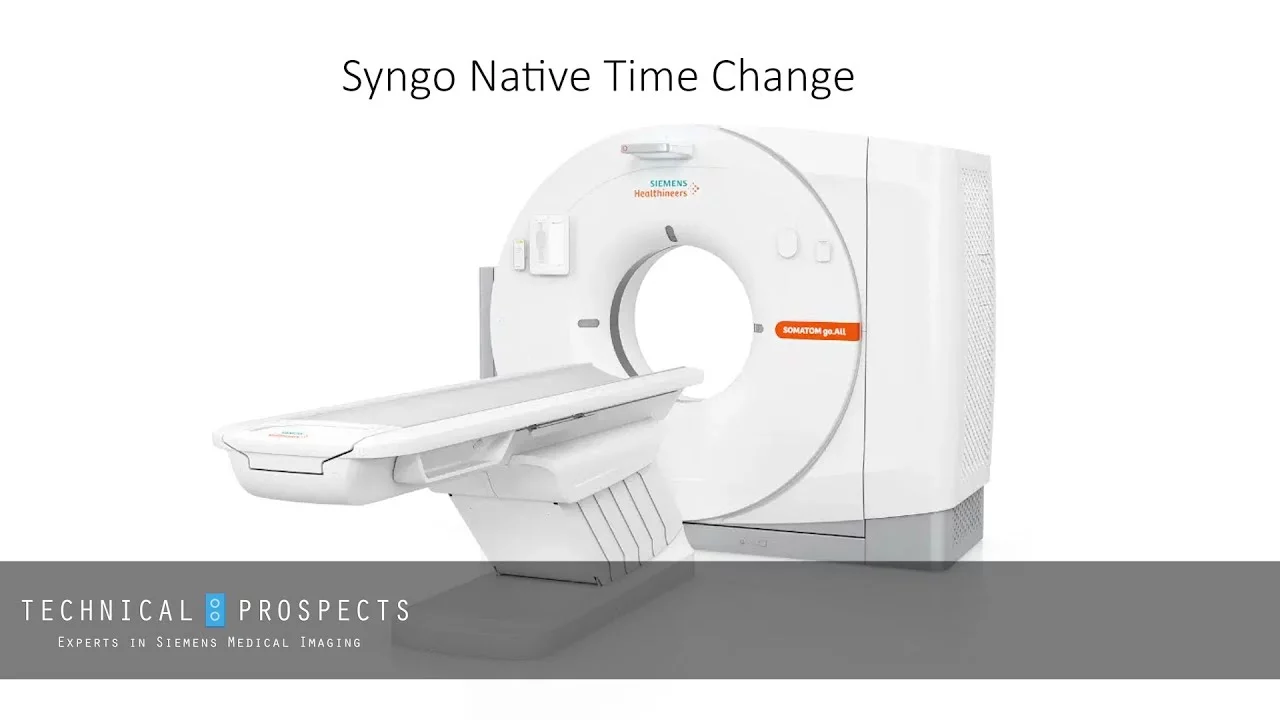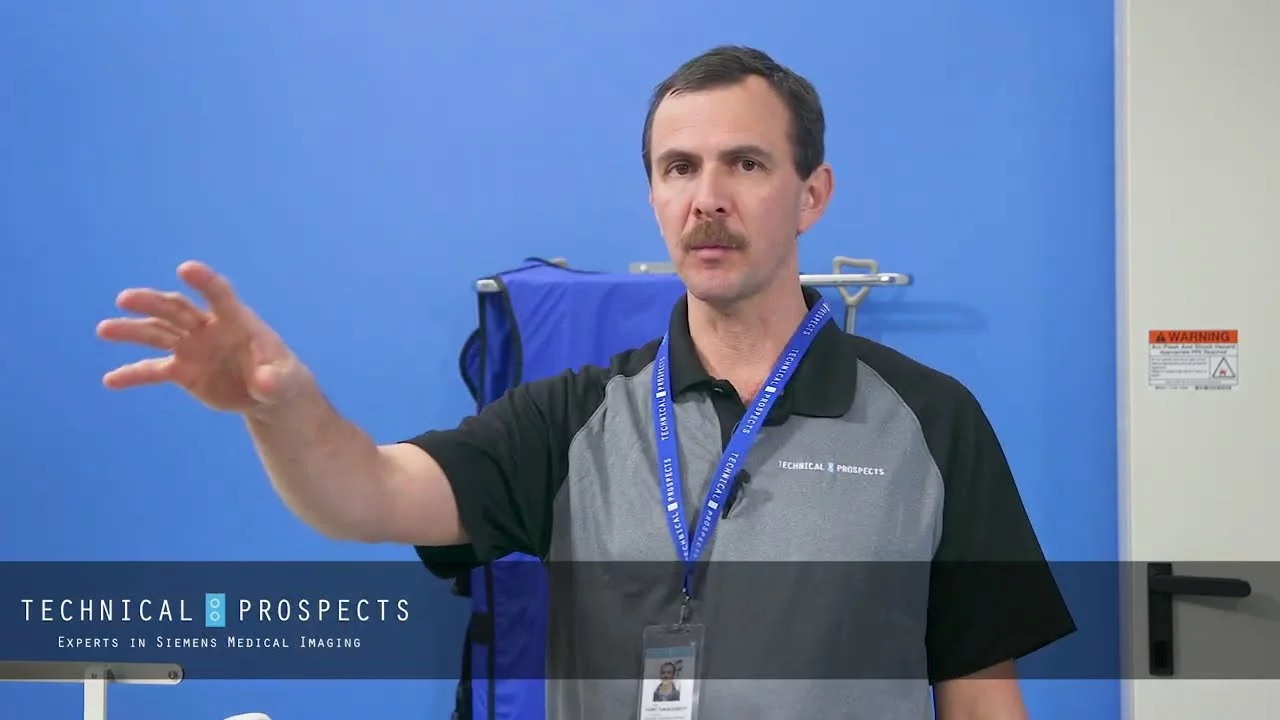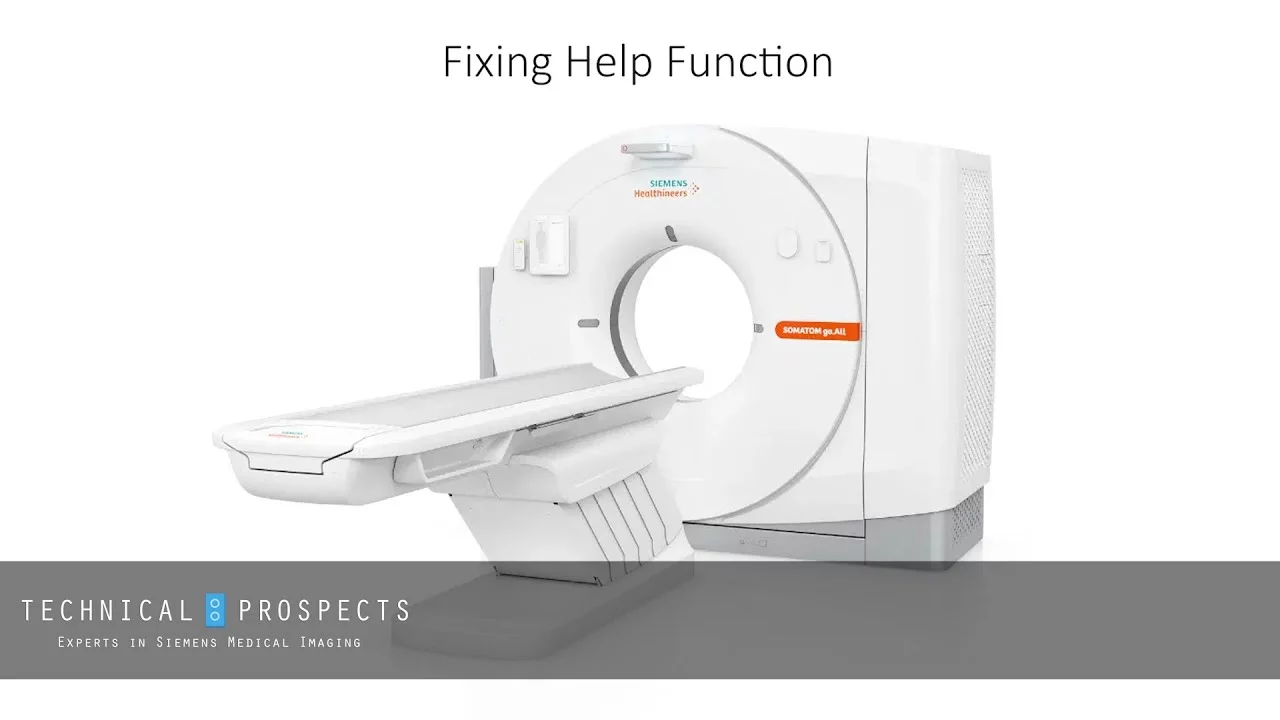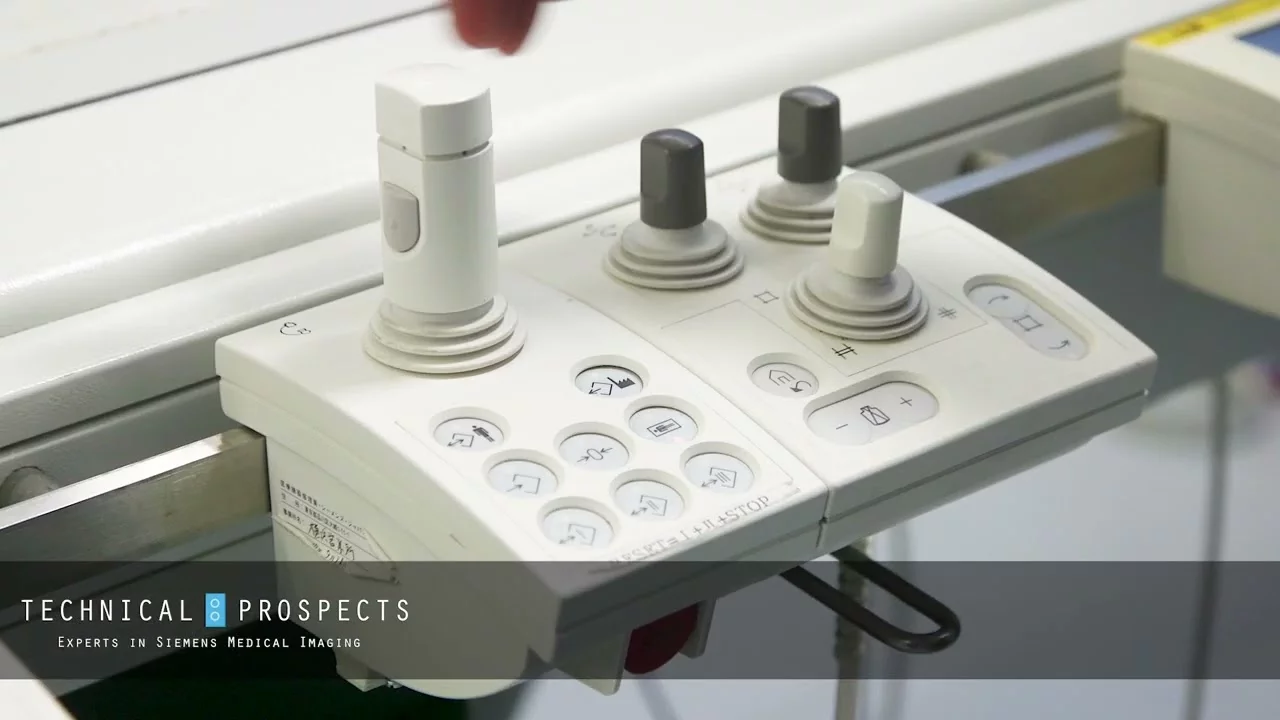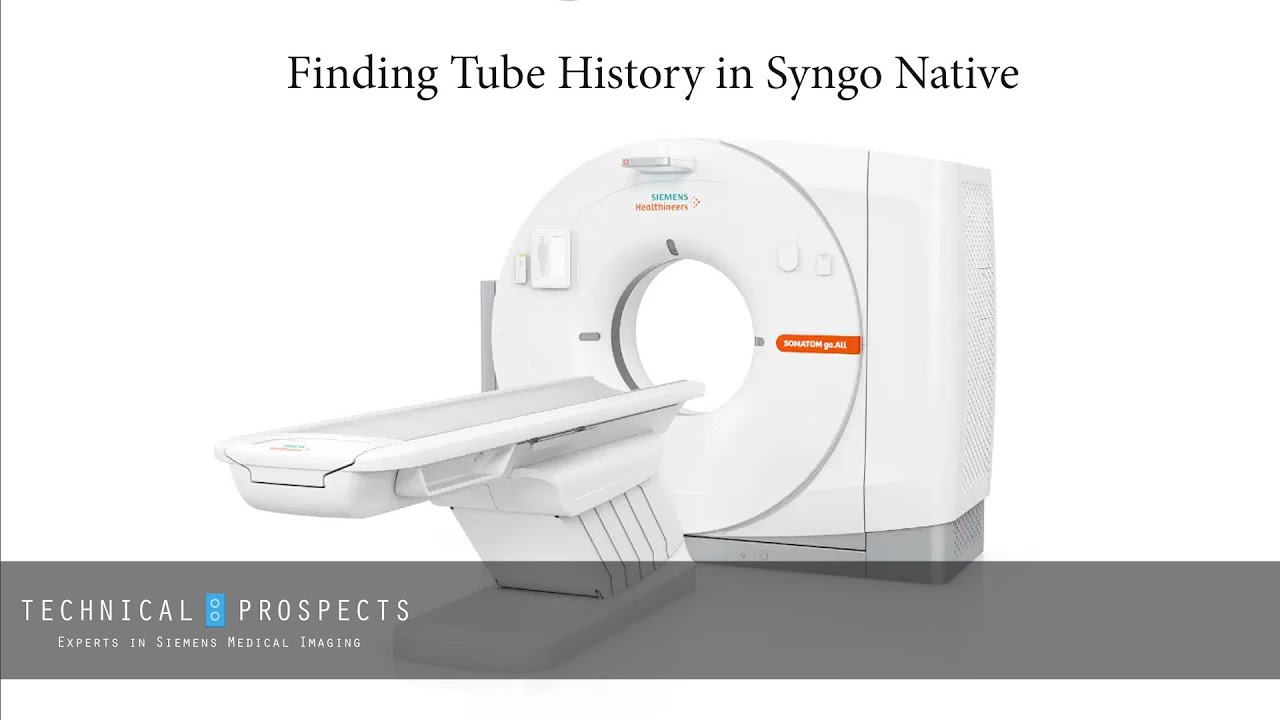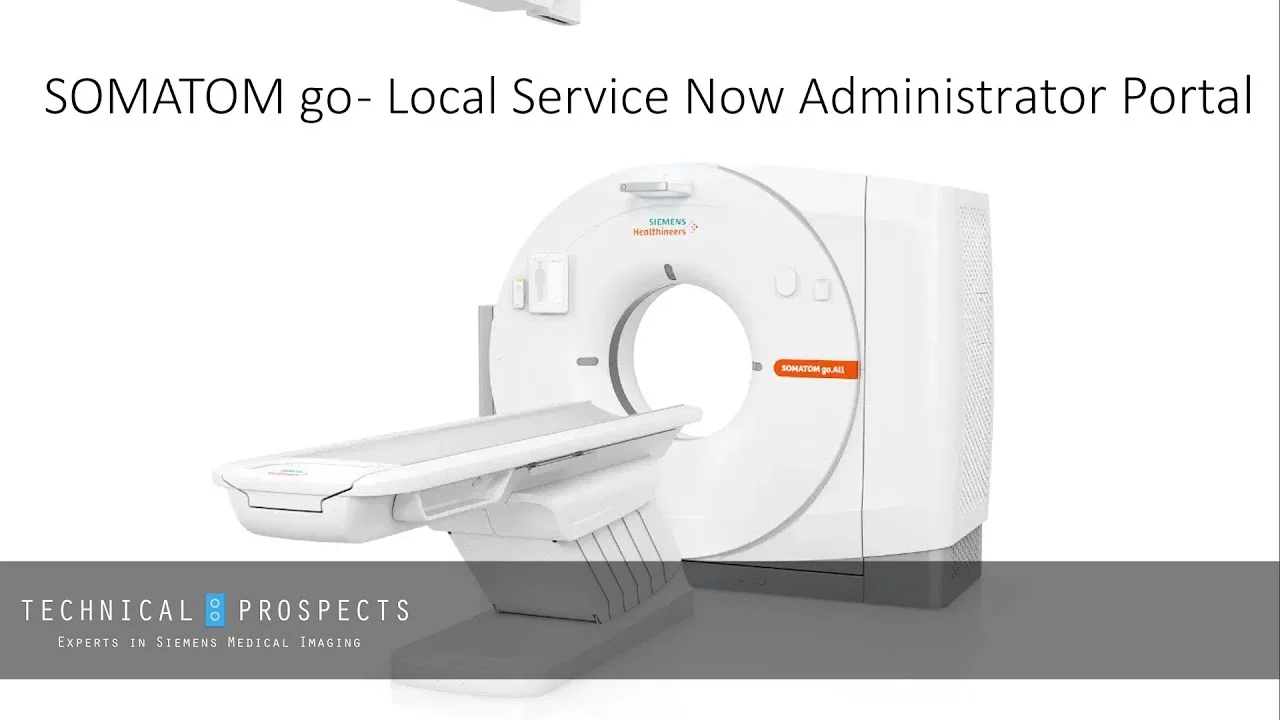When a Siemens medical imaging system goes down, fixing the problem and getting it operating again as soon as possible is a top priority. If you’re unable to scan patients, there are negative financial consequences, including the potential to lose patients to the competition and damage to your healthcare organization’s reputation.
Because of a growing talent shortage in healthcare technology, there are fewer experienced engineers available to service and repair medical imaging systems. Imaging engineers we’ve worked with tell us OEMs, such as Siemens, aren’t employing as many field service engineers (FSEs) as they have in the past. The manufacturer’s FSEs are covering larger regions, which means they may not be able to get to your location as soon as you’d expect.
Even when an engineer is finally able to troubleshoot problems, it may still be necessary to order replacement parts. Then, it’s possible a replacement part may not work, showing up dead on arrival (DOA) and extending system downtime even longer.
One way some healthcare organizations mitigate the risks and avoid the negative impact of medical imaging system downtime is by relying on in-house talent to service and repair equipment. This is an especially useful strategy if the system is no longer covered under an OEM service contract.
Perhaps the most capable people in your organization are the biomedical engineering technicians (BMETs). However, some may question whether it’s feasible for BMETs to work on medical imaging systems. After all, it’s not really their job.
Flexibility in the Healthcare Hierarchy
While biomedical engineers and imaging engineers sometimes get lumped into the same category, these are different practices. In the healthcare world, there are clear lines separating these roles, which are rarely crossed. People with certain titles in healthcare are expected to stick to specific duties. Unless it’s a dire situation, you won’t see surgery techs working in the ER, and you won’t find X-ray technicians drawing blood. They may have the knowledge or even the training, but they don’t do it.
Some of this organizational structure is useful because it helps identify people of a certain stature. For example, that’s why doctors traditionally wear long lab coats and medical students have short ones. There are also compliance and liability reasons for having strictly defined roles. However, in a time when talent shortages threaten to impede operations and productivity in healthcare, it may be wise to maximize the capabilities of in-house talent in new ways, at least when it makes sense.
A director of diagnostic imaging and other decision-makers in HTM may have never even considered the possibility of utilizing the biomedical engineering staff for medical imaging service and repairs. Yet, with the right training, support, and parts supply chain, it can be a viable option.
BMETs work with a wide variety of medical devices, but because of the intricacies of medical imaging, the biomedical engineering department is unlikely to touch most imaging systems.
There’s good reason for this, too. Computed tomography (CT) equipment, angiography, fluoroscopy, and MRI systems are all complex and expensive pieces of technology requiring in-depth knowledge, including safety training and electrical engineering experience.
In most biomedical engineering education programs, students receive some medical imaging training, but it is minimal. Typically, students spend only a few weeks learning everything from how X-rays are produced and radiation protection to asset control and equipment management. It is unrealistic to assume you can take someone directly from one of these programs and ask them to properly service or repair an imaging system.
However, with continuing education, expert support, and reliable medical imaging replacement parts, there are opportunities to utilize BMETs effectively.
The Benefits of Hands-On Training and Technical Support

Inside DirectMed Imaging Hands-On Training Lab
A good place to begin implementing BMETs into the medical imaging department is preventive maintenance (PM) procedures for older systems in your install base. This allows them to follow set OEM guidelines for PM, helping them learn more about the equipment in the process. It also may be advantageous to have the in-house ability to service equipment that is at or nearing end of life (EOL), if you wish to continue using it.
But, in order to get to that point, it’s wise to provide BMETs with some additional education.
Even veterans of medical imaging rely on regular training to learn how to service and repair different systems and work with new technology. BMETs who are pursuing opportunities in medical imaging to help their employers improve flexibility and productivity can start with online training and then progress to more advanced, in-person courses covering specific modalities and Siemens systems.
DirectMed Imaging believes hands-on training is the best way to create an educational experience that sticks with you. That’s why our state-of-the-art facility includes labs in which trainees can work with the same Siemens medical imaging systems that they’ll be servicing in their jobs.
Another factor that makes DirectMed Imaging’ training experience different is how the expert advice imparted during labs and lectures doesn’t end when the course is over. Engineers can call for free technical support on Siemens medical imaging equipment at any time. No matter the level of experience, our support staff can walk individuals through troubleshooting and help identify the problem.
Of course, knowledge and support aren’t very useful without Siemens replacement parts that work when installed the first time. That’s why DirectMed Imaging makes quality assurance an utmost priority. Each part is tested before going into inventory. Plus, we can provide engineers with a complete part history, giving your supply chain better transparency. We’re proud to say we have an even lower DOA rate than the manufacturer.
Get a Siemens replacement part quote from our Parts team and discover the difference of making DirectMed Imaging a partner. We’ve built our business around trust, expertise, and reliability by providing quality parts, training, and technical support for anyone working with Siemens medical imaging systems.

